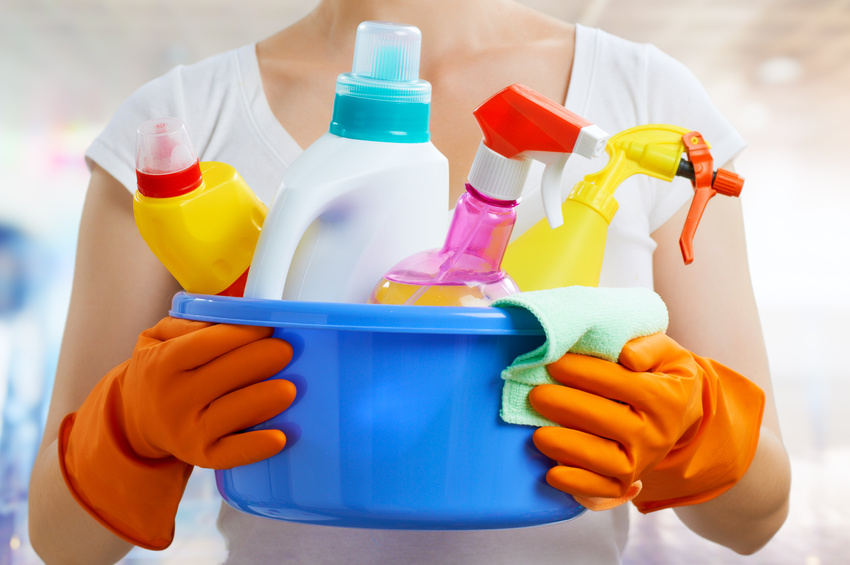Green Cleaning: Why Clean is the New Dirty

This may sound counter-intuitive, but many of the general cleaning supplies you use around the house are actually “dirty.” This is mostly in the sense that these everyday household products contain harmful toxins that you probably do not want anywhere near your home! In this first of a two-part series, the importance of “green cleaning” will be discussed.
Air and Water Quality
Air quality is an incredibly important issue to human health and the EPA estimates that sometimes, indoor air pollution can be far greater than it is outdoors! Major contributors to this can be artificial air fresheners, paraffin-based candles and the harsh detergents and antiseptics found in many household cleaners.
Water quality is another issue which can be affected by what you use in your home. The fact is that many cleaners will eventually exit the home, usually down the drains from your bathtub, toilets and sinks. From there, these products can make their way into groundwater or municipal water systems and this can seriously compromise the water for both humans and wildlife.
So what kinds of chemicals are we talking about here? They are actually too numerous to mention in just one article, but the following are good examples. To begin with, the phenols or chlorinated phenols found in toilet bowl cleaners and disinfectants are known to be toxic to the respiratory and circulatory systems. Formaldehyde, found in household deodorizers of many kinds, is not only a suspected carcinogen but a respiratory irritant. And betyl cellosolve used in many all-purpose household cleaners can do damage to the liver, kidneys and bone marrow. In other words, these are powerfully toxic chemicals that can compromise human and environmental health in a number of ways.
Children’s Health
If you have children in your home, this is another good reason to be very fussy about which cleaners you are using. Children are very vulnerable to the threat of being exposed to the cleaners that you use for floors, bathroom and kitchen surfaces, for instance. This kind of exposure is widespread throughout the country. Around 10% of all calls to Poison Control Centers in the United States involve exposure to household cleaners. Even more alarmingly, around 120,434 of these calls involve ingestion or exposure to these cleaners by children under six years of age.
So how can you keep your home both clean and safe? In the second half of this two-part article, some simple recipes will be given for household cleaners. Websites will also be recommended where you can go to learn more about other cleaners you can make from basic ingredients around the home. When you use alternative cleaners, you can help make the environment cleaner and your children safer — and save an enormous amount of money as well!
Sources
Organic Consumers
Gaiam Magazine




